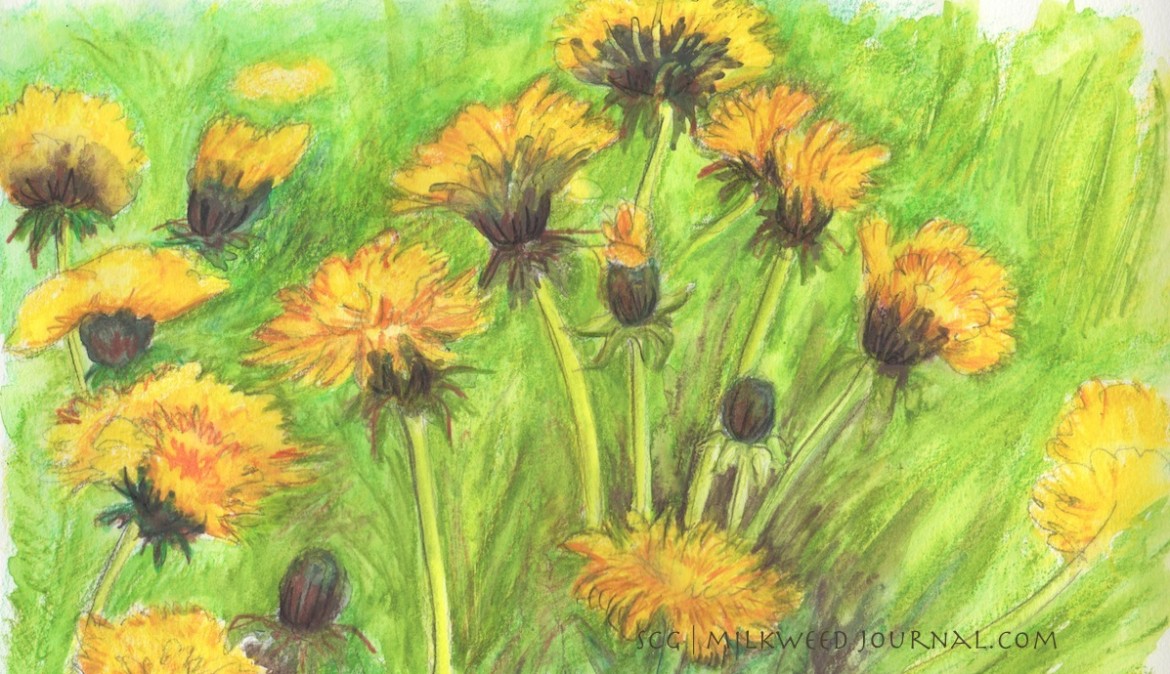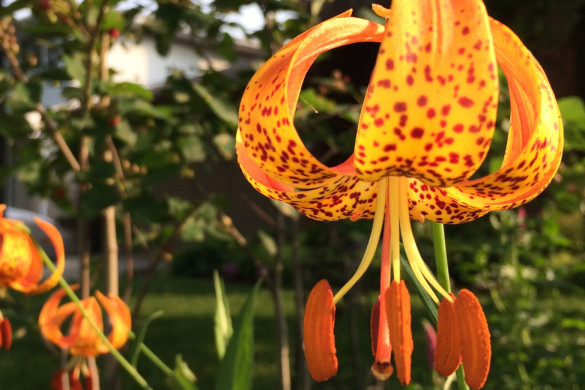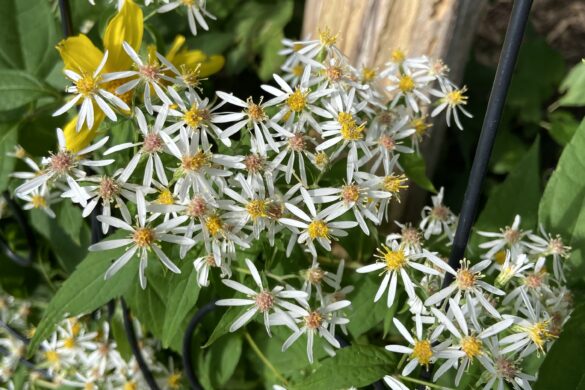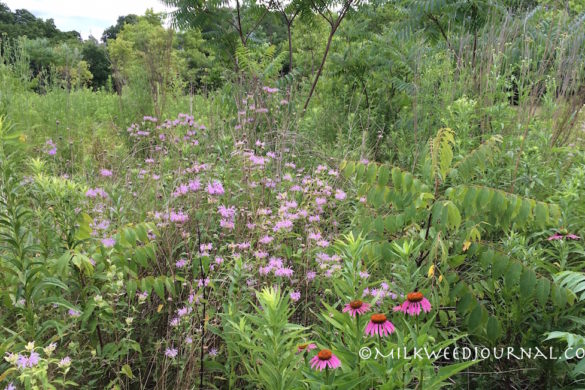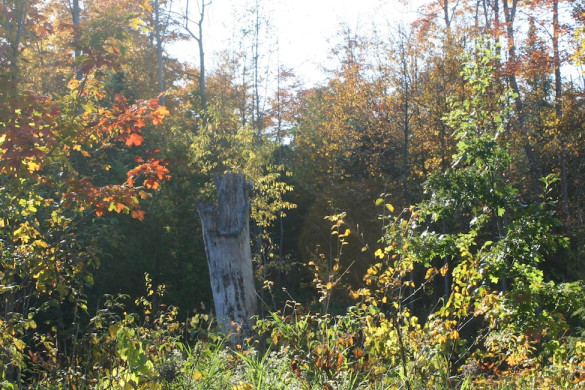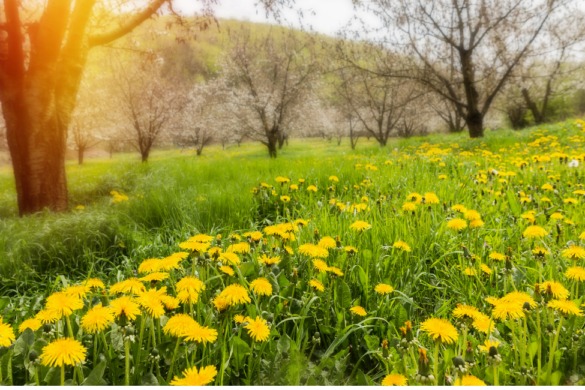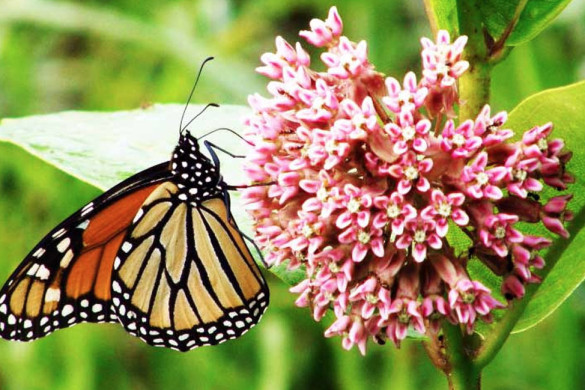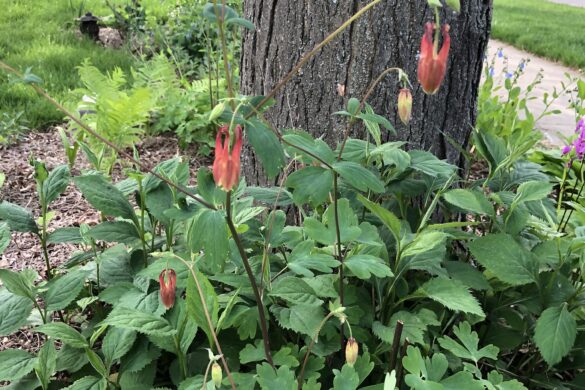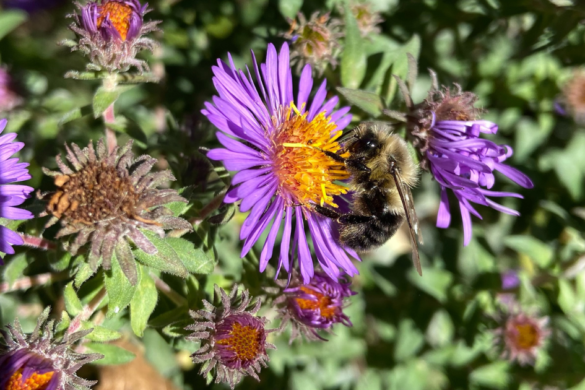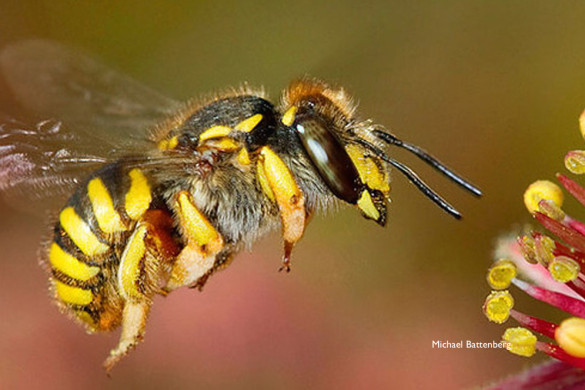Early spring is a tough time for bees, butterflies and other pollinators as they emerge from their long winter hiatus just when sources of nutritious pollen and nectar are few and often far between.
And it’s becoming more difficult for them to find what they need: loss of food sources and habitat are two major causes of pollinator declines, along with pesticides and disease.
So what can you do to welcome the arrival of pollinators in spring and ensure they find the food they need, so they can continue to move pollen around to produce the food we need, the flowers we love and the biodiversity we all depend on?
Here are six ways you can support pollinators like bees, birds, butterflies and moths in the early springtime and throughout the year:
Allow dandelions to bloom to provide an early-season food source – dandelions appear just at the time bees need them. Once peak flowering passes, you can always mow them or remove them by hand to manage their spread, but avoid spraying – bees and other pollinators don’t need more pesticides or herbicides to cope with.
When you head to the nursery this year, choose native trees, shrubs and perennials to optimally nourish hard-working pollinators. Diversity is key: aim to have a combination of at least three or four blossoming trees, shrubs and/or perennials in your garden, in early spring, in mid-summer, and in late summer/early fall. In southwestern Ontario, for example, the following native early-bloomers are ideal choices to attract bees in spring:
- Trees: red maple, silver maple, hazelnut, willow, redbud, black cherry, basswood
- Shrubs: common serviceberry, highbush blueberry, northern spicebush, red currant
- Perennials: wild lupine, wild columbine, wild blue phlox, Bicknell’s cranesbill
Plant multiples of your selected native shrubs and perennials in groups or drifts instead of dotting single plants here or there (blocks of colour attract pollinators and allow them to feed most efficiently – this approach mimics nature and is also better from a design perspective).
Provide shelter for pollinators by creating canopy layers of trees, shrubs and perennials of various sizes. See more gardening tips for native bee habitat.
Pollinators also need access to a clean source of water – with shallow or sloping access so they can safely drink and bathe.
And finally, help spread the word about the value of pollinators – talk to your friends and neighbours about your landscape design and plant choices, and how to create a property that is both beautiful and thrumming with life.
Ontario native plant nursery Not So Hollow Farm is helping to spread that message and “feed the bees” through its Buzz on Dandelions campaign, which is distributing bright yellow-and-black “Dandelions Feed Pollinators” lawn signs.
The campaign, which launched at the beginning of April, has received an “overwhelming” response, says Ian Payne, a landscape architect and co-owner of Not So Hollow Farm, which is based in the hills of Mulmur, Ontario. “People have connected with us from as far away as Japan and Australia.”
The signs will be available at the Royal Botanical Gardens’ native plant sale in Burlington April 23, or your can pick one up at the farm or order online.

Native plant nursery Not So Hollow Farm is helping “feed the bees” with these bright lawn signs.
For more information:
Pollinator Partnership has guides to selecting plants for pollinators according to the ecoregion you live in:
- Canadian guides for the B.C. Lower Mainland and the Lake Erie Lowlands Region (southwestern Ontario) are at: http://pollinator.org/guides.htm#can
- U.S. guides are at: http://pollinator.org/guides.htm
Another great resource is The Xerces Society Guide Attracting Native Pollinators: Protecting North American’s Bees and Butterflies.
What will you be planting in your garden this year? We’d love to hear from you! Please send us a note via our comment box below.
If you like what you’re reading, subscribe to Milkweed Journal by filling out the subscription box in the right-hand corner of the page, and we’ll send you new posts as they are published.
© 2016, Milkweed Journal. All rights reserved. This article is the property of Milkweed Journal. If you would like to use a short excerpt, please provide credit to Milkweed Journal and include a link back to the original post on our site or use the social sharing tools available along the side. Please use our contact form above if you have any questions.

